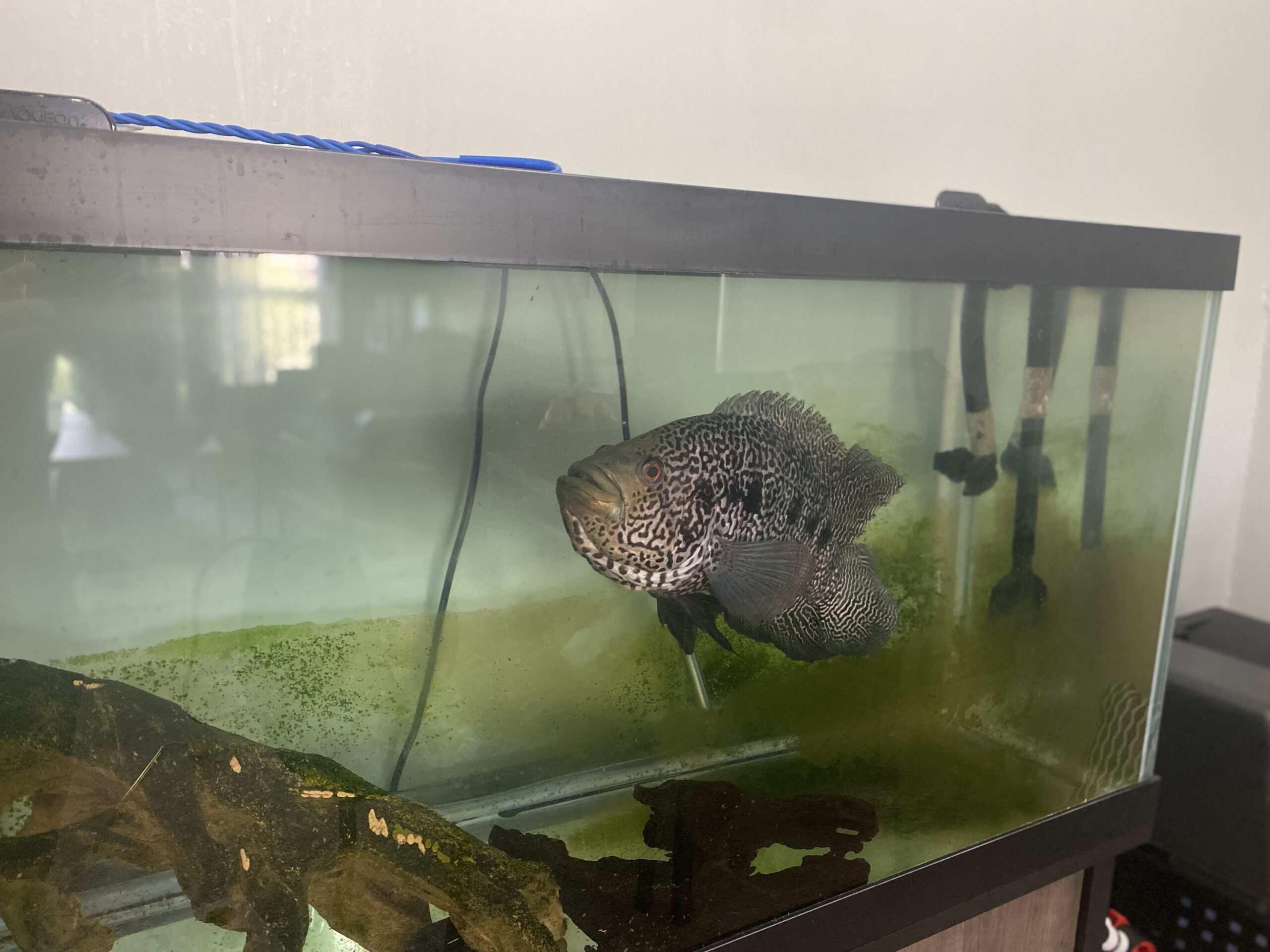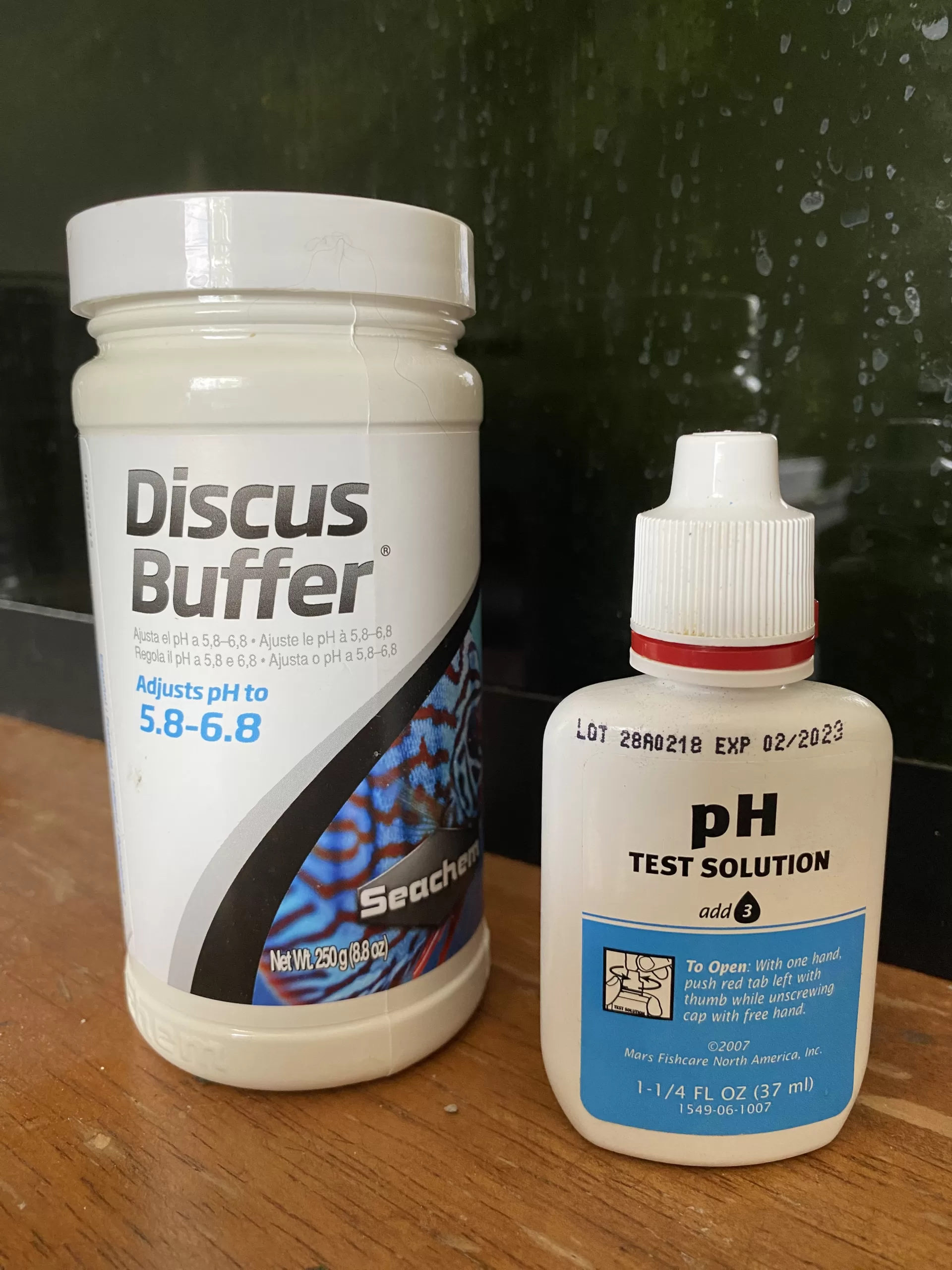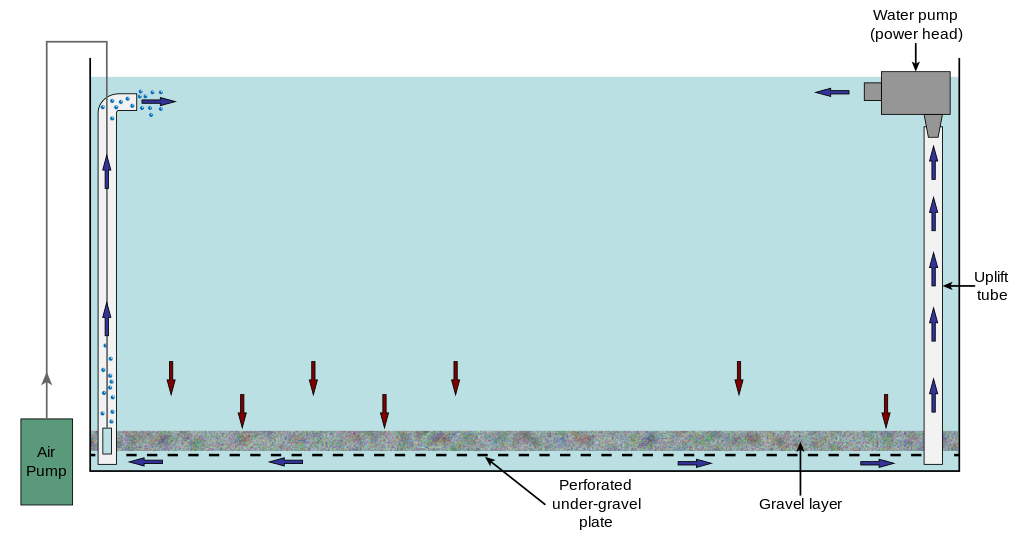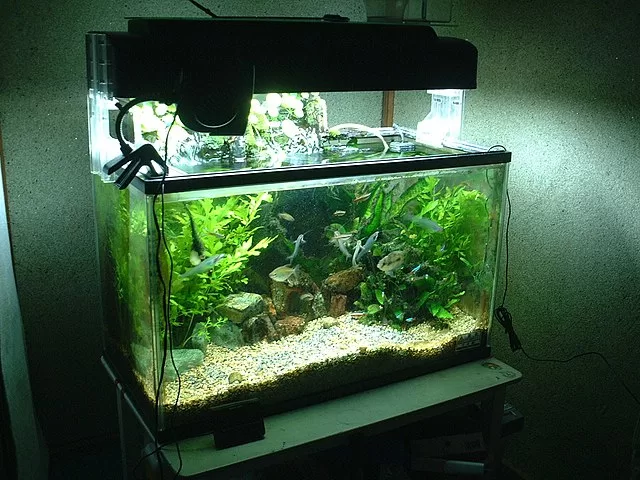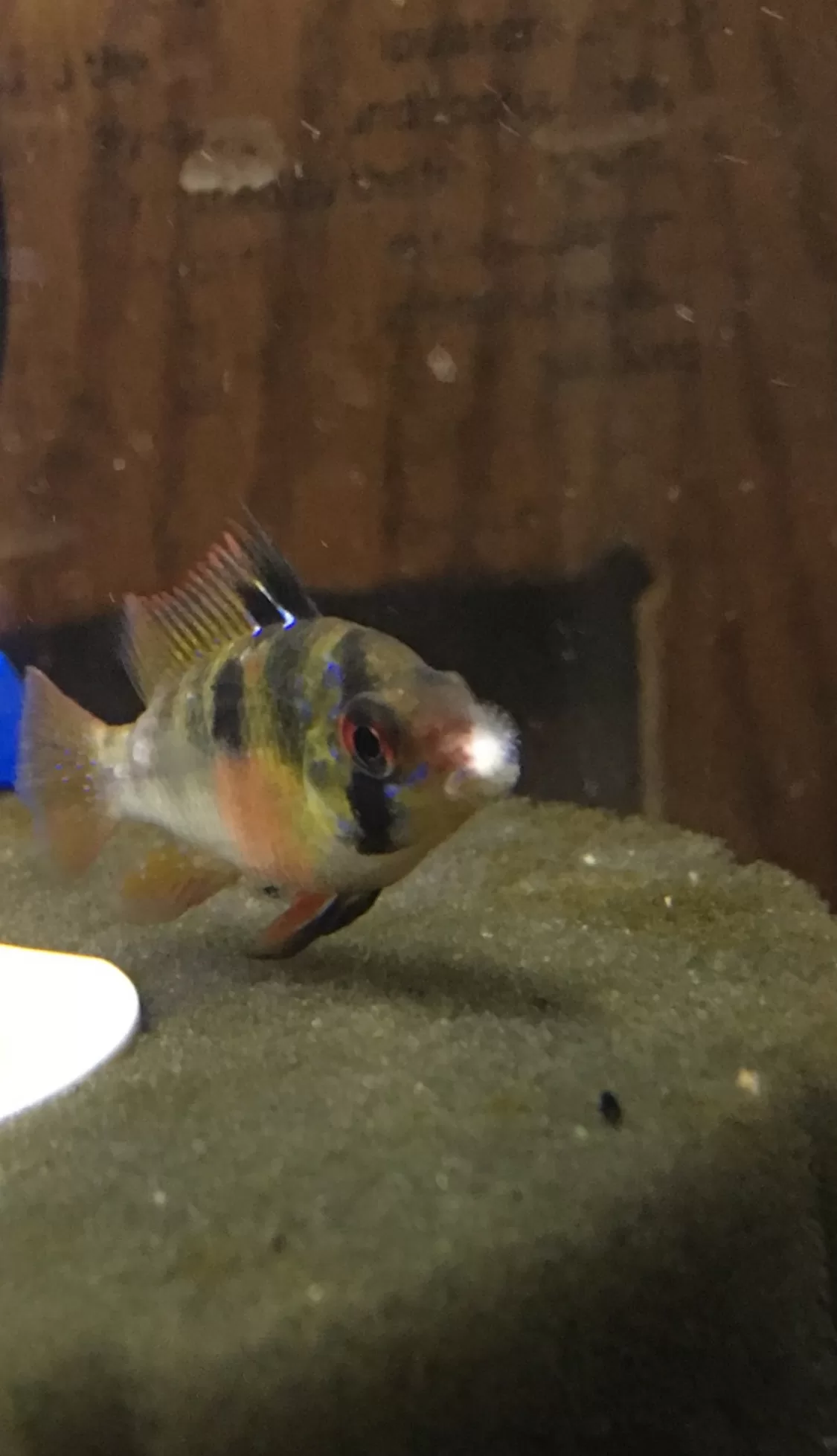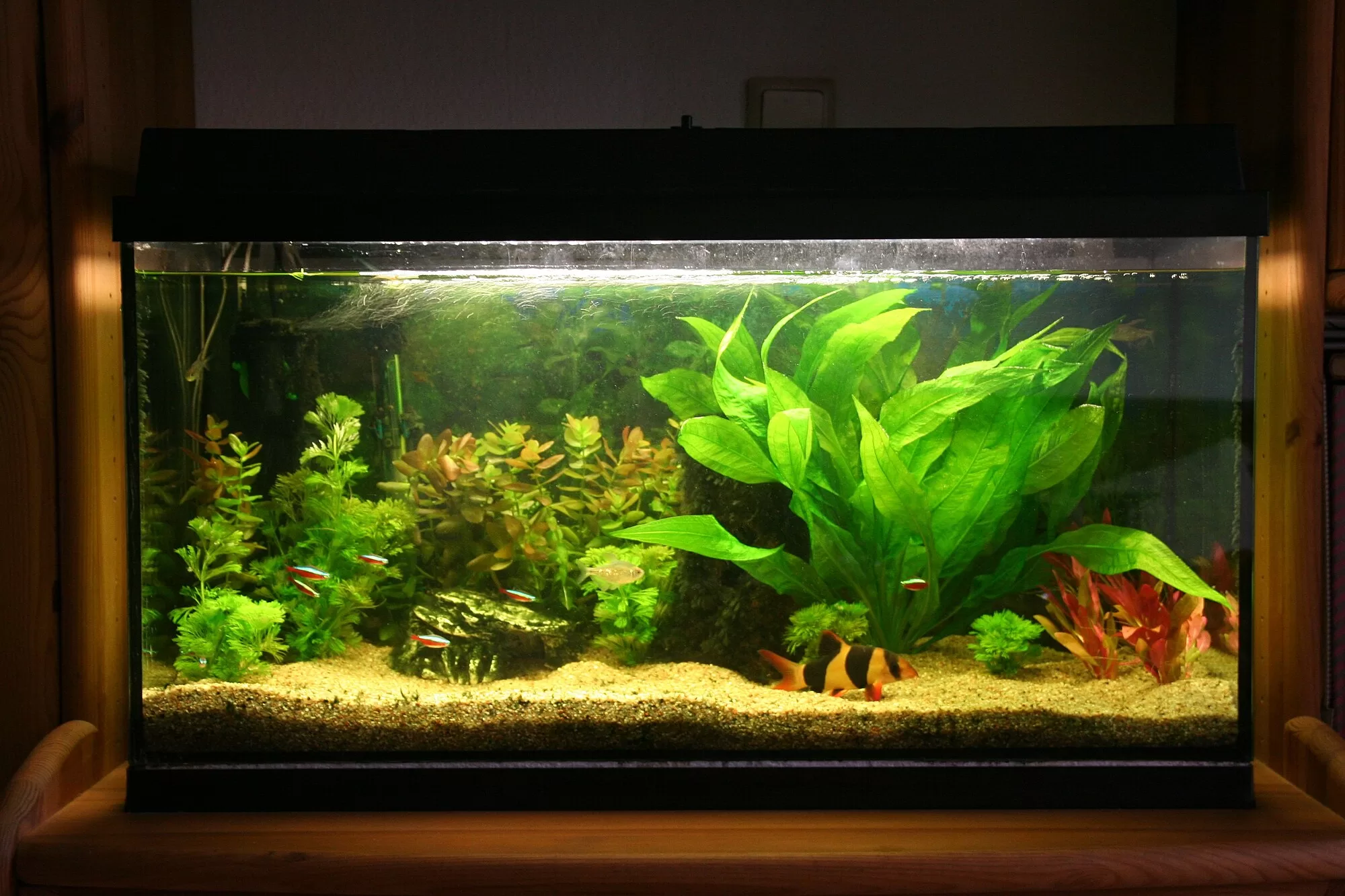Acrylic aquariums and glass aquariums are the two choices of fish tanks that you’ll encounter, and while they serve the same purpose, they are entirely different in just about every way.
In this article, we’ll discuss the differences, pros, and cons between glass tanks and acrylic tanks.
Glass Vs Acrylic Aquarium Breakdown
Acrylic Aquariums
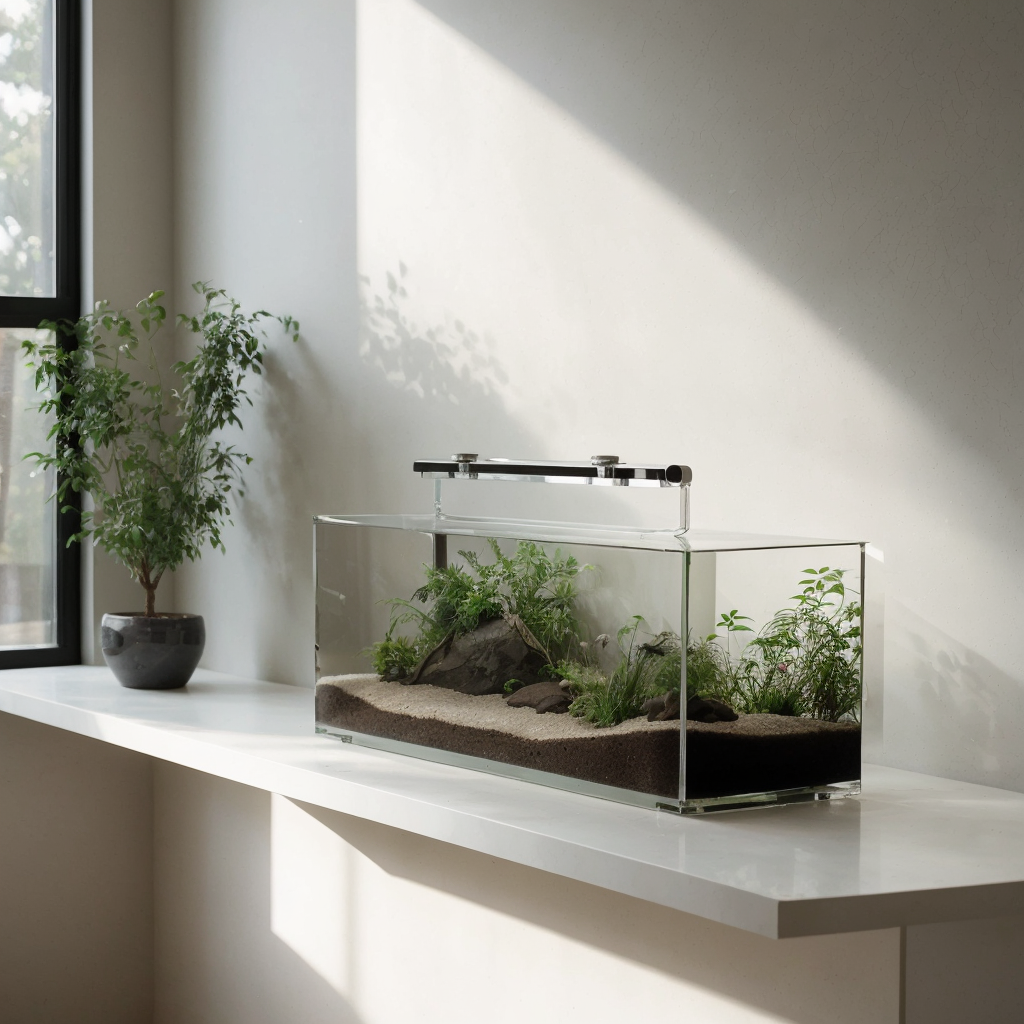
Acrylic is a type of strong plastic, the same material that fake nails and hockey boards are made out of. These are easy to spot because they don’t have a frame. Glass tanks have a frame because that’s what stops the tank from blowing out. The silicone is just waterproofing, it has no structural input.
These are typically only seen in stores as tiny tanks, like a 5-gallon betta tank sold as a kit. Unless you go to a very fancy, aquarium-specific store, you likely won’t see these around very often. Usually, when people buy them they have them custom-made and ordered.
Pros Of Acrylic Tanks
Significantly Lighter Than Glass
if you’ve ever had to transport a large glass aquarium, then you understand just how heavy glass can be. However, acrylic aquariums are significantly lighter than glass aquariums. Not only that, but they aren’t a lot less prone to chipping in cracking. This means that transporting them is much easier and won’t take a whole army of people to move them.
Virtually Leak Proof
Almost every time a glass aquarium starts leaking, it’s at the seams. These seams are held together with silicone, which might be strong but is capable of failing and leaking. This is a major place where acrylic aquariums beat the glass. Acrylic aquariums are all one piece and are made that way, therefore, there are no seams that can leak or even fail and blow out.
Highly Customizable
Acrylic can be customized to be all sorts of different shapes and sizes that wouldn’t be possible with glass aquariums.
Cons of Acrylic Tanks
They’re Expensive
Because of the long process it takes to make acrylic aquariums, they are far from cheap. Even a 10-gallon acrylic tank can easily run you $200+, that’s about 10 times as expensive as glass. I can’t justify the price for something so small, however, if you have the money then I would say go for it.
They Scratch Easily
Acrylic tanks scratch very easily and you have to be careful what you use to scrub algae off the glass. You also need to be careful not to get something like a piece of gravel trapped between the tank and the pad you’re cleaning with because it will scratch it badly. The scratches won’t come out and you don’t want your entire tank to be impossible to see into. Trust me, I did this once when I was new, granted it was just a small 5-gallon tank.
Coloration With Age
As the tank ages and is filled with water, it’s common for the acrylic to form a yellowish hue. Glass does not do this. This can be minimized by a good scrubbing routine, keeping the tank water low in organic material, and maintaining an overall clean aquarium.
Glass Aquariums
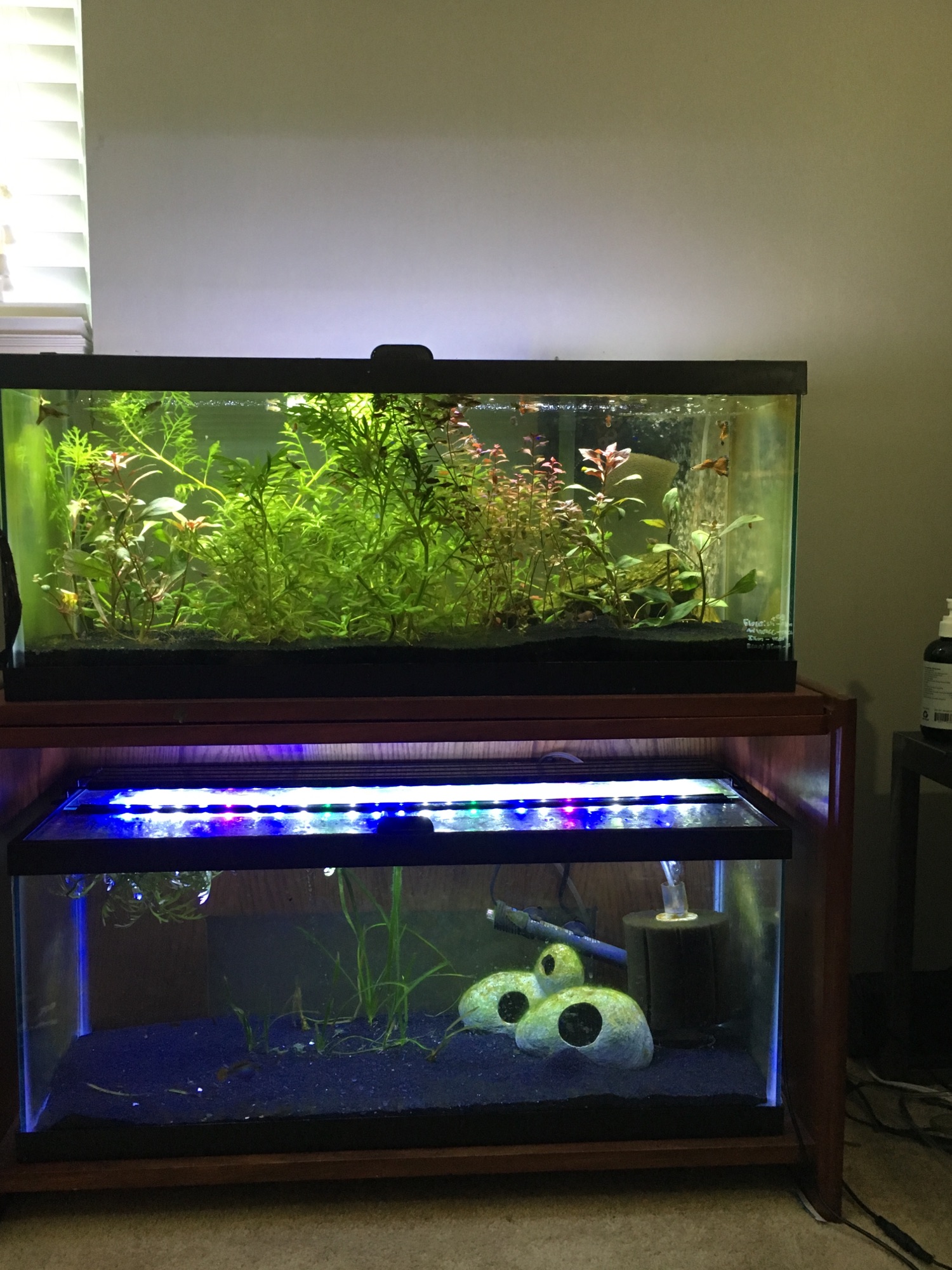
Glass aquariums are usually what you’re gonna see in stores. They’re easier and cheaper to mass produce, and that’s the main reason they’re so much more common than acrylic tanks. You could even make one yourself if you wanted to, all it takes is a frame around cut pieces of glass that are siliconed together to be watertight.
Glass Tank Pros
Less Expensive & Easier To Find
Glass aquariums are significantly cheaper and easier to find. As I mentioned, glass tanks are cheaper and more available because they’re easier and cheaper to mass produce. The cost per square foot of acrylic is about twice as much as glass. Then you add the labor that goes into shaping and creating an acrylic aquarium and the cost skyrockets even more.
Scratch Resistant
With glass tanks, you don’t have to worry about using the wrong kind of pad to wipe the inside because it won’t get scratched like acrylic. You can be pretty rough with glass without anything happening, which makes cleaning a lot easier.
Clarity
In general, glass tends to be more clear than acrylic. Acrylic tends to yellow over time and collect scratches, whereas glass tanks don’t yellow at all and they don’t get scratched. Even tough-to-scrub algae can be scraped off of glass without causing any damage. You can also use much harsher chemicals to effectively clean glass that you shouldn’t use on acrylic.
Cons Of Glass Tanks
Very Heavy
A 125-gallon aquarium weighs about 206 pounds without water. An acrylic tank that’s the same size would weigh about half as much. This means that moving glass tanks takes a lot more effort and oftentimes more people. I live on the 3rd floor of a condo, and I just ended up paying the store to bring my 125 up for me instead of trying to find a group of people to help me carry it.
Prone To Leaking
Unlike acrylic tanks, glass tanks have silicone seams that can fail over time. This could potentially cause a significant amount of water damage or even cause a full blowout. Minor leaks however can be repaired by removing the old silicone and adding new silicone. Silicone is not forever, it will eventually leak. It may take decades, but acrylic tanks eliminate this risk.
More Damage Prone
While glass tanks may be scratch-resistant, they are certainly not bulletproof. They can chip easily, which usually happens when they’re being moved. They can outright break, I mean it’s glass, we know how it can shatter like a mirror. They usually have thick glass, so I’ve never completely shattered one, but it’s possible. Luckily, as long as you’re careful, this should be minimal.
Acrylic Vs Glass Aquariums: Who Wins?
In the most simple terms, neither is “better” in general. For me, I go with glass because they’re cheaper and easier to find. What works best for me might not be the best option for another person. The best advice I can give is to look at the pros and cons of each and then assess your personal situation, and go from there.

